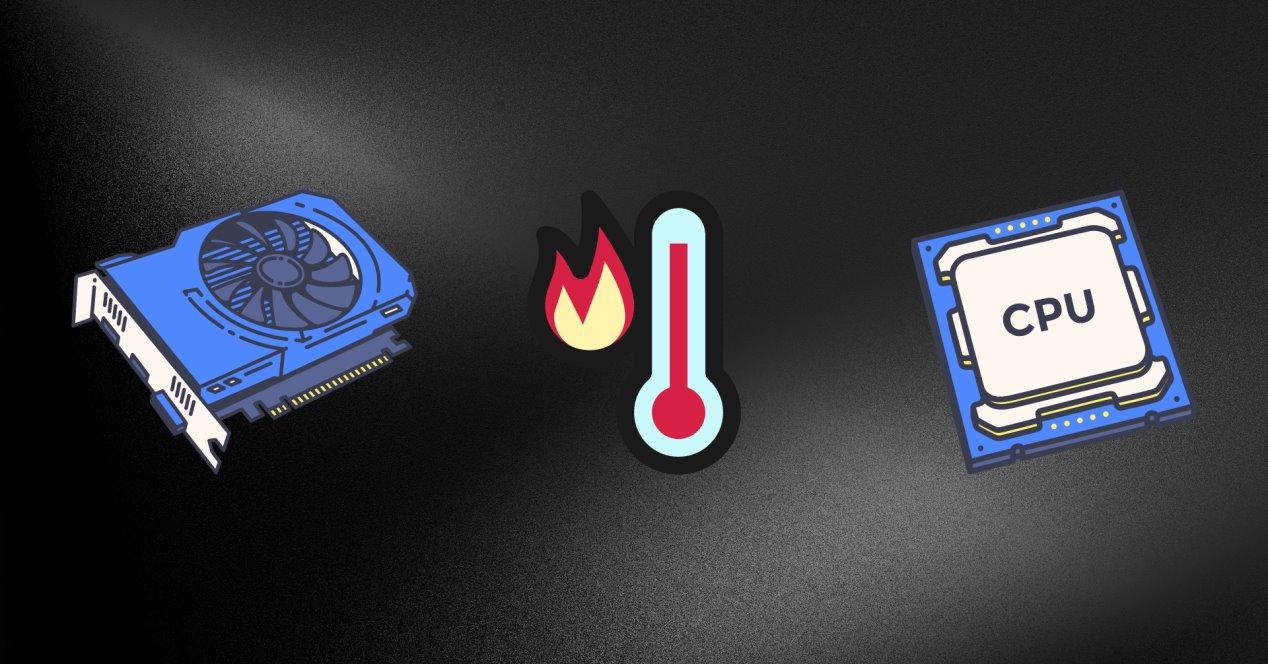Graphics card processors and GPU are made in silicon, especially that find To end 1400C. What not everyone knows is that other materials are added in current manufacturing processes. The reason for the 100ºC limit is really in another point that you can’t even imagine.
Where does the 100ºC limit in processors and graphics come from?
Well, knowing that silicon melts at 1400 ºC, you might think: “Why do processors “shut down” when they reach 100°C?Well, the reason, mainly, is in the union that exists between DIE of processor or graphics card and PCB. The two elements are created separately and connected by tin.
It is precisely the tin that limits the operating temperature of processors. The melting temperature
We went from over 1400 ºC to around 230 ºC, the 100°C limit. There is still a big margin, one would think that the manufacturers could modify the “shutdown” of the chip for its protection at 150 ºC, but it is not recommended at all.
It does not matter that the tin melts at 230 ºC, the problem he is in solder stress. When a material heats up, it expands and when it cools down, it contracts. A top as “simple” as this generates a strong degradation of the pewter. So much so that several times a graphics card not workingafter having suffered reballing, That works Perfectly.
Repack? What is that?
Normally this is only done on graphics cards, remove the GPU from the graphics PCB. Th is is not done in processors because it is much more complex and because the tin solder is very small.
Simply put, reballing involves heating the GPU until the tin liquefies and can be removed. Then all that old tin that didn’t allow conductivity is removed and replaced with new tin. It heats up again and the solder is now perfect.
Have many problems and difficulties This process. The first requires a very specific machines and it’s expensive. Moreover, it requires some technical knowledge important, so as not to break the graphics or damage the GPU due to excess heat. Finally, you need good ventilationsince many times the tin is combined with lead
A bad practice that is used and I should notis to do it in a domestic oven. There are several reasons, but the most important is that part of the pewter and of lead they gasify and stick to the walls of the oven. Both materials are highly toxic and even if you clean well, these metals can pass into food and if ingested we would become seriously ill.
Currently it is like this
You most likely think that pewter should be replaced with another material. The truth is that there is no better material for the following reasons:
- Tin is very cheap and easy to produce.
- Offers good stability at high temperatures (over 50ºC)
- It can be shaped quite easily
Unfortunately, we currently do not have an interesting alternative to this material. Other materials are being studied and some are used, in particular for equipment which will be subjected to high thermal stresses. But commercially, tin, due to its properties, is the best and most economical solution.










